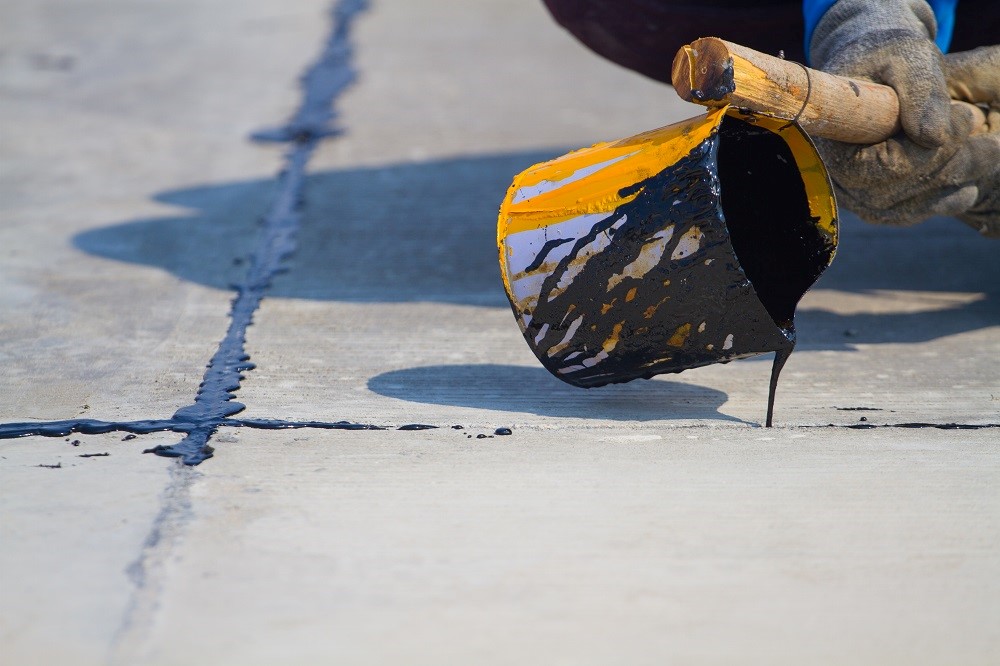The Top 2 Reasons Why Expansion Joints are Necessary

When installing concrete flooring, the expansion joint repair supplier may use expansion joints that allow the concrete to expand or contract in response to adverse temperature changes. Further, the blocks come in handy for support to other parts of the structure while keeping the cement off it.
Why Expansion Joints Are Necessary
1. To avoid any adverse effects due to the shifting concrete.
Often, the adjoining rigid foundation or columns will have some vertical movements. When this happens, the expansion joints will absorb any flexural stress from the walls, roof, or paving slabs. Hence, the expansion joints must have a robust design and installation. Further, use the expansion joint repair product at a strategic location to mitigate the stress.
2. It allows for flexible thermal contraction or expansion.
The expansion joint is unique to withstand drastic ground movement due to earthquakes, vigorous vibrations, thermal expansion and contraction of paving slabs, bridges, railway tracks, or piping systems.
Different Types of Expansion Joint
Expansion joints are of two main types as follows:
- • Engineered expansion joints
Engineered expansion joints feature in bridges or other extreme load or weather conditions where there is an extensive movement of slabs. These pre-planned joints go more into the plate, with its edges smoothened to avoid and extra damage.
- • Cut expansion joints
In contrast, the cut expansion joints are straight-line grooves that feature in industrial buildings or warehouses. Here, they cut through the concrete foundation via a concrete saw. Like the engineered expansion joints, the cut expansion joints perform better when they are pre-planned.
Benefits of Rehabilitation of Floor Joints
- • It results in a safe and efficient surface for moving goods
- • Economical materials and traffic use
- • Uninterrupted fast movement of vehicles
- • Minimize tire or vehicle damage
- • Fewer impact points for the heavy wheels
- • Preserves the surfaces, hence fewer repairs
- • Load tipping has less risk of injuries
- • Fewer jagged movements are safer for drivers
Then, when the expansion joint is in good shape, the entire concrete flooring and adjacent structures are safe and secure.

Capital Industries, Inc. is a leading supplier of commercial and industrial concrete repair products. For over 30 years, we have proudly serviced contractors, factories, warehouses and distribution centers for industrial, institutional and commercial customers. We carry a full range of concrete repair materials, including those specifically designed for low temperature areas such as freezers and coolers. Our floor repair products are rapid hardening, allowing you to reopen repaired areas with minimal downtime. All of our products are designed to be used by in-house maintenance personnel and come with an ironclad 100% guarantee of satisfaction.


